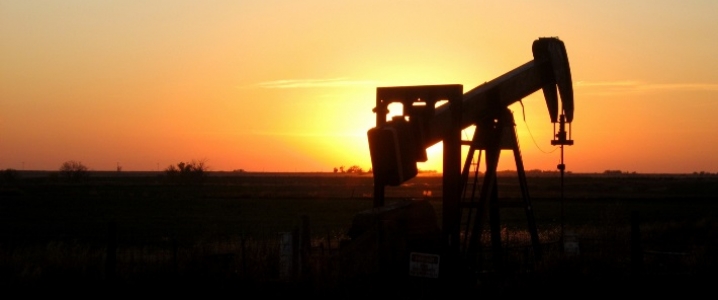The growth in U.S. shale oil production is threatening to create bottlenecks in refineries, new research from Wood Mackenzie has revealed. The research suggests the United States needs new refining capacity to absorb all the additional production that is coming on stream in the shale patch.
Over the next five years, Wood Mac expects U.S. shale producers to add some 4 million bpd to their daily production. However, current refining capacity could only absorb between 900,000 and 1 million bpd. This means that the bulk of the additional production will have to go abroad, competing with Middle Eastern and African crude.
It’s not only a question of physical capacity, either. The increase in crude oil production will be accounted for by light and extra light crude, or condensate. But Gulf Coast refineries are equipped to process the heavier grades. Wood Mac’s researchers note that refiners in the U.S. have not rushed to add light crude processing capacity because the forecasts show that demand for gasoline may start to decline soon.
Wood Mac itself has given producers another cause for reluctance in building additional capacity: according to the researchers, shale oil production will peak in the mid-2020s.
There are foreign refineries ready to absorb some of the extra production, the research firm said. Until about 2022, European refiners will be the primary buyers of U.S. light crude. After that, more U.S. crude will go to Asia. Related: China Is Single-Handedly Solving The Gas Glut
Unsurprisingly, a lot of the additional crude to be produced in the shale patch—around 50 percent—will come from the Permian, at a rate of 1.9 million additional barrels daily. Most of this, Wood Mac’s senior analyst John Coleman says, will be shipped to the Corpus Christi export terminal.
Yet there is also a shortage of terminal capacity looming over local producers. The only port capable of handling Very Large Crude Carriers at the moment is the Louisiana Offshore Oil Port. The Corpus Christi port has yet to be expanded in order to be able to handle VLCCs.
By Irina Slav for Oilprice.com
More Top Reads From Oilprice.com:
- Russian Hackers Target U.S. Energy Infrastructure
- Oil Market Sentiment Sours Amid Global Financial Turmoil
- U.S. Rig Count Inches Higher As Canadian Rig Count Slips


















